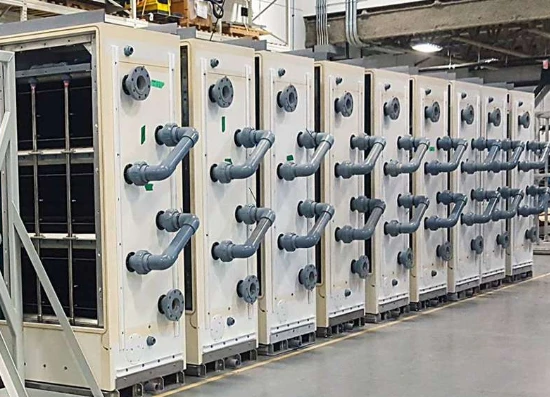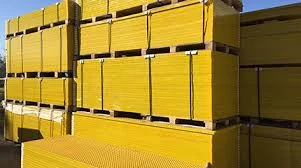
-
 Afrikaans
Afrikaans -
 Albanian
Albanian -
 Amharic
Amharic -
 Arabic
Arabic -
 Armenian
Armenian -
 Azerbaijani
Azerbaijani -
 Basque
Basque -
 Belarusian
Belarusian -
 Bengali
Bengali -
 Bosnian
Bosnian -
 Bulgarian
Bulgarian -
 Catalan
Catalan -
 Cebuano
Cebuano -
 China
China -
 China (Taiwan)
China (Taiwan) -
 Corsican
Corsican -
 Croatian
Croatian -
 Czech
Czech -
 Danish
Danish -
 Dutch
Dutch -
 English
English -
 Esperanto
Esperanto -
 Estonian
Estonian -
 Finnish
Finnish -
 French
French -
 Frisian
Frisian -
 Galician
Galician -
 Georgian
Georgian -
 German
German -
 Greek
Greek -
 Gujarati
Gujarati -
 Haitian Creole
Haitian Creole -
 hausa
hausa -
 hawaiian
hawaiian -
 Hebrew
Hebrew -
 Hindi
Hindi -
 Miao
Miao -
 Hungarian
Hungarian -
 Icelandic
Icelandic -
 igbo
igbo -
 Indonesian
Indonesian -
 irish
irish -
 Italian
Italian -
 Japanese
Japanese -
 Javanese
Javanese -
 Kannada
Kannada -
 kazakh
kazakh -
 Khmer
Khmer -
 Rwandese
Rwandese -
 Korean
Korean -
 Kurdish
Kurdish -
 Kyrgyz
Kyrgyz -
 Lao
Lao -
 Latin
Latin -
 Latvian
Latvian -
 Lithuanian
Lithuanian -
 Luxembourgish
Luxembourgish -
 Macedonian
Macedonian -
 Malgashi
Malgashi -
 Malay
Malay -
 Malayalam
Malayalam -
 Maltese
Maltese -
 Maori
Maori -
 Marathi
Marathi -
 Mongolian
Mongolian -
 Myanmar
Myanmar -
 Nepali
Nepali -
 Norwegian
Norwegian -
 Norwegian
Norwegian -
 Occitan
Occitan -
 Pashto
Pashto -
 Persian
Persian -
 Polish
Polish -
 Portuguese
Portuguese -
 Punjabi
Punjabi -
 Romanian
Romanian -
 Russian
Russian -
 Samoan
Samoan -
 Scottish Gaelic
Scottish Gaelic -
 Serbian
Serbian -
 Sesotho
Sesotho -
 Shona
Shona -
 Sindhi
Sindhi -
 Sinhala
Sinhala -
 Slovak
Slovak -
 Slovenian
Slovenian -
 Somali
Somali -
 Spanish
Spanish -
 Sundanese
Sundanese -
 Swahili
Swahili -
 Swedish
Swedish -
 Tagalog
Tagalog -
 Tajik
Tajik -
 Tamil
Tamil -
 Tatar
Tatar -
 Telugu
Telugu -
 Thai
Thai -
 Turkish
Turkish -
 Turkmen
Turkmen -
 Ukrainian
Ukrainian -
 Urdu
Urdu -
 Uighur
Uighur -
 Uzbek
Uzbek -
 Vietnamese
Vietnamese -
 Welsh
Welsh -
 Bantu
Bantu -
 Yiddish
Yiddish -
 Yoruba
Yoruba -
 Zulu
Zulu
Feb . 16, 2025 02:13
Back to list
Scrubbers
Fiber-reinforced polymer (FRP) composite panels have emerged as a game-changer in several industries, providing unparalleled advantages in terms of strength, durability, and design flexibility. Engineered for excellence, these panels are revolutionizing the way architects, builders, and engineers approach modern construction projects. But what makes FRP composite panels truly stand out in a market brimming with building materials?
From an expertise standpoint, manufacturers of FRP composite panels bring to the table years of research and technical development, ensuring that each panel meets stringent quality and performance standards. This level of expertise is backed by certifications and compliance with international safety and quality regulations, underscoring their commitment to delivering products that not only meet but often exceed industry standards. Engaging with suppliers who demonstrate a profound understanding and command over their products reassures clients of the panels' capabilities and performance. Trustworthiness in the use of FRP composite panels is further heightened by an extensive track record of successful deployments across diverse industries. Case studies and testimonials from industry leaders highlight how these panels perform in real-world applications, offering insights into their long-term benefits and reliability. Such endorsements serve as a powerful testament to their efficacy and are often pivotal in the decision-making process for potential clients who require convincing proof of performance. Moreover, sustainability is increasingly becoming a critical consideration in material selection, and FRP composite panels do not disappoint. With growing concerns over environmental impact, the manufacturing processes for FRP materials are continually optimized to minimize waste and energy consumption. Additionally, many manufacturers are developing solutions to enhance the recyclability and reuse of these panels, aligning with global sustainability goals. In conclusion, FRP composite panels represent a confluence of modern engineering, innovation, and sustainability. They are not merely a construction material but a solution that addresses various industrial challenges while setting new benchmarks for performance and reliability. As industries evolve, the continued advancement and adoption of FRP technology promise to pave the way for more sustainable, efficient, and robust construction practices, establishing their place as a cornerstone in the future of engineering and design.


From an expertise standpoint, manufacturers of FRP composite panels bring to the table years of research and technical development, ensuring that each panel meets stringent quality and performance standards. This level of expertise is backed by certifications and compliance with international safety and quality regulations, underscoring their commitment to delivering products that not only meet but often exceed industry standards. Engaging with suppliers who demonstrate a profound understanding and command over their products reassures clients of the panels' capabilities and performance. Trustworthiness in the use of FRP composite panels is further heightened by an extensive track record of successful deployments across diverse industries. Case studies and testimonials from industry leaders highlight how these panels perform in real-world applications, offering insights into their long-term benefits and reliability. Such endorsements serve as a powerful testament to their efficacy and are often pivotal in the decision-making process for potential clients who require convincing proof of performance. Moreover, sustainability is increasingly becoming a critical consideration in material selection, and FRP composite panels do not disappoint. With growing concerns over environmental impact, the manufacturing processes for FRP materials are continually optimized to minimize waste and energy consumption. Additionally, many manufacturers are developing solutions to enhance the recyclability and reuse of these panels, aligning with global sustainability goals. In conclusion, FRP composite panels represent a confluence of modern engineering, innovation, and sustainability. They are not merely a construction material but a solution that addresses various industrial challenges while setting new benchmarks for performance and reliability. As industries evolve, the continued advancement and adoption of FRP technology promise to pave the way for more sustainable, efficient, and robust construction practices, establishing their place as a cornerstone in the future of engineering and design.
Next:
Related Products









